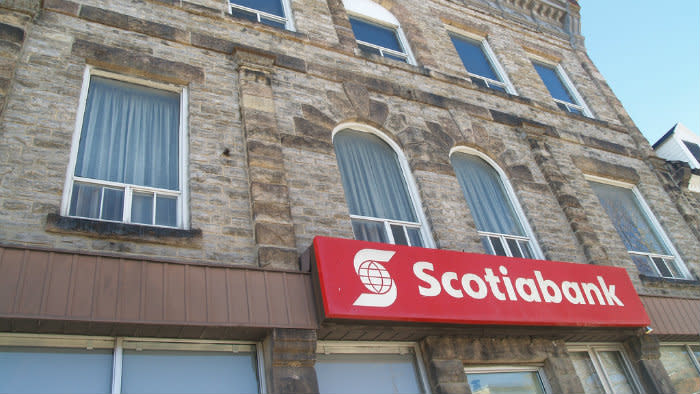Bank of Nova Scotia (TSX:BNS) 10 Years After the Crash

In the next segment of my review of Canadian banks since 2008, I will take a look at Bank of Nova Scotia (TSX:BNS)(NYSE:BNS) and how this bank has withstood the crisis and evolved since then.
While the Canadian banks have faced considerable volatility and uncertainty in the years following the crisis, they have all emerged relatively unscathed and served as an example to the world on how a bank should be run.
Bank of Nova Scotia, or Scotiabank, with total assets of $915 billion and a market capitalization of over $95.8 billion, is Canada’s most international bank. With operations in more than 50 countries, Scotiabank has good exposure to faster-growing, albeit higher-risk, markets such as the Caribbean.
In the last 10 years, the regulatory environment for financial institutions has intensified.
Scotiabank had increased its CET1 capital ratio to 13.6% in 2012, one of the highest of the Canadian banks, compared to a 9.3% ratio in 2008.
And with the new CET1 capital ratio of 11.4%, at par with the rest of the Canadian banks, Scotiabank remains well positioned. Its ROE stood at 16.7% in 2008 and was almost 15% in 2017, as returns remain in the low end of the Canadian banking stocks.
Scotiabank stock has returned 213% in the last 10 years, and this does not include dividends that the company has been paying out. The current annual dividend is $3.40 per share, up from $1.96 per share in 2008, for a compound annual growth rate of 5.7%.
So, with a current dividend yield of 4.4%, Scotiabank remains one the banking stocks with the highest dividend yields, which probably reflects the risk inherent in its international growth strategy.
In recent times, Scotiabank has increased its presence in the Canadian market and away from international markets as a way to better control the risk in the business. In 2008, the Canadian banking segment represented 43% of total net income; in 2012, it represented 31% of total net income; it now represents 49% of total net income.
So, we can see that the bank has been balancing its risks and reward potential by focusing on where it sees the best balance.
With 29% of net income coming from international banking, Scotiabank remains of the most heavily involved in the riskier, higher-growth international markets.
The bank continues to build its wealth management business, and recent acquisitions, such as Jarislowski and Fraser and MD Financial Management, have substantially increased the bank’s presence in this lucrative market.
Key risks to Scotiabank stock remain rising interest rates and the heavily indebted consumer.
More reading
My Expectations on Aurora Cannabis’s Upcoming Earnings Release
2 Stocks at 52-Week Lows That Could Be a Bargain Addition Today
Free investor brief: Our 3 top SELL recommendations for 2018
Fool contributor Karen Thomas has no position in any of the stocks mentioned.

 Yahoo Finance
Yahoo Finance 